AI’s integration into education has the potential to completely redefine the learning experience, bringing us closer to a personalized approach that caters to the needs, pace, and interests of individual students. Adaptive learning systems, one of the most notable applications of AI in education, offer a way to tailor educational content to each learner’s unique needs. This article delves into how AI is transforming education through adaptive learning systems, highlighting their benefits, challenges, and potential for shaping the future of education.
What is Adaptive Learning?
Adaptive learning refers to the use of technology to adjust the learning path for each individual student. Unlike traditional classroom settings where one-size-fits-all approaches are often the norm, adaptive learning systems use algorithms to analyze students’ learning behaviors, strengths, and weaknesses. Based on this data, the system personalizes content delivery, provides feedback, and adjusts difficulty levels to ensure that each student progresses at an optimal pace.
For example, an adaptive learning system might detect when a student struggles with a particular concept and provide additional resources or alternative explanations to help them grasp the material. Conversely, if a student is excelling, the system might accelerate their learning experience by introducing more advanced concepts.
The Benefits of Adaptive Learning Systems
1. Personalized Learning Paths
One of the most significant advantages of adaptive learning systems is their ability to provide personalized learning paths. Traditional education systems often follow a fixed curriculum, with students expected to learn at the same pace. However, not all students learn at the same speed or have the same learning style. Some may need more time to grasp certain concepts, while others might need less time or prefer a different approach. Adaptive learning systems allow for a tailored experience that aligns with the individual needs of each student, promoting deeper engagement and understanding.
2. Real-Time Feedback
AI-powered adaptive learning systems can offer real-time feedback, allowing students to understand their progress and areas of improvement instantly. Unlike traditional methods, where students might have to wait for a teacher’s review or grade, adaptive systems provide immediate insights, which can enhance learning by addressing issues as they arise.
For example, if a student answers a question incorrectly, the system can instantly provide hints or additional explanations to guide the learner toward the correct answer. This instant feedback helps students stay on track, reduces frustration, and accelerates the learning process.
3. Data-Driven Insights
Adaptive learning systems generate a wealth of data about each student’s learning habits, progress, and areas where they might be struggling. Teachers and educators can use this data to gain insights into a student’s performance, identify trends, and intervene when necessary. This data-driven approach enables educators to make informed decisions about how to support their students.
Additionally, schools and educational institutions can use the aggregated data to adjust curricula and teaching methods based on student performance, ensuring that the education system remains effective and responsive.
4. Scalability and Accessibility
Adaptive learning systems have the potential to scale education across large populations. They can be implemented in a variety of settings, from traditional classrooms to online learning platforms, providing students with access to personalized learning experiences regardless of location or background. This scalability makes adaptive learning systems particularly beneficial in regions where access to quality education may be limited.
AI can also help bridge the gap for students with disabilities or other special needs. For example, AI-driven tools can adjust learning materials for students with visual or hearing impairments, creating a more inclusive learning environment.

How AI Powers Adaptive Learning Systems
Adaptive learning systems are powered by various AI technologies, including machine learning, natural language processing (NLP), and predictive analytics. These technologies enable the system to continuously learn from students’ interactions and adjust its approach accordingly.
1. Machine Learning
Machine learning algorithms are at the core of adaptive learning systems. These algorithms analyze data about how students interact with the learning materials, such as which concepts they struggle with, how long they take to answer questions, and their overall performance. Based on this data, the system can adjust the content and its delivery to meet the learner’s needs. As the system receives more data, it becomes more effective at predicting the learner’s future needs and behaviors.
2. Natural Language Processing (NLP)
NLP allows AI systems to understand and respond to human language, which is essential for adaptive learning tools that involve written or spoken content. For example, NLP can be used to analyze essays, short-answer questions, or verbal responses to identify key themes, grammar errors, or understanding gaps. NLP can also power chatbots or virtual assistants that provide personalized feedback and support in real time.
3. Predictive Analytics
Predictive analytics uses historical data to forecast future outcomes. In the context of adaptive learning, predictive analytics can help determine which students are at risk of falling behind or need additional help. By analyzing patterns in student performance, the system can predict potential struggles before they become significant problems, allowing for early intervention.
Case Studies: Real-World Applications of Adaptive Learning
Adaptive learning systems are already being implemented in various educational settings, from K-12 schools to universities and online learning platforms. Several case studies highlight the impact of these systems in improving educational outcomes.
1. Knewton
Knewton is a leading adaptive learning platform that uses AI to personalize learning experiences. Knewton’s system analyzes student performance in real time and recommends personalized learning paths. The platform has been used by institutions like Pearson and other educational providers to improve student engagement and outcomes. The system has shown promising results, with students using Knewton’s platform demonstrating improved performance compared to those who used traditional methods.
2. Duolingo
Duolingo, a popular language-learning app, leverages adaptive learning technology to personalize its lessons for users. By analyzing how well learners perform on individual exercises, Duolingo adjusts the difficulty and frequency of practice based on their progress. The app’s use of AI ensures that users are continually challenged without feeling overwhelmed, creating an optimal learning experience.
3. DreamBox
DreamBox Learning is an adaptive learning platform used in K-8 education to teach math. DreamBox uses data analytics and machine learning to adjust the difficulty of math problems based on each student’s proficiency. The system provides real-time feedback and adapts its lessons according to the student’s strengths and weaknesses. Teachers are provided with detailed reports that help them understand each student’s learning journey and identify areas for improvement.
The Challenges of AI in Education
While adaptive learning systems offer significant benefits, they also present some challenges that must be addressed to ensure their widespread adoption.
1. Data Privacy and Security
The use of AI in education requires the collection and analysis of vast amounts of student data, raising concerns about data privacy and security. Educational institutions must implement robust measures to protect student data and ensure compliance with regulations like the General Data Protection Regulation (GDPR) and the Family Educational Rights and Privacy Act (FERPA).
2. Teacher Training and Adoption
For adaptive learning systems to be effective, teachers must be trained to use the technology properly. Without proper training, educators may struggle to integrate AI tools into their classrooms, hindering their potential impact. Additionally, teachers must be able to interpret the data provided by adaptive learning systems to make informed decisions about how to best support their students.
3. Equity and Access
While adaptive learning systems have the potential to improve access to education, there is a risk that they could exacerbate existing inequalities. Students from low-income backgrounds or rural areas may have limited access to the necessary technology and internet connectivity to benefit from AI-powered learning platforms. Ensuring equitable access to these technologies is crucial for their successful implementation.
The Future of AI in Education
The future of AI in education is incredibly promising. As AI technologies continue to evolve, we can expect even more sophisticated adaptive learning systems that will further personalize the learning experience. The use of AI will likely become more pervasive, from early childhood education to lifelong learning.
In the future, we may see AI systems that not only personalize learning paths but also help students develop critical thinking, creativity, and problem-solving skills. Furthermore, AI could provide students with more immersive learning experiences through virtual and augmented reality, helping them interact with content in ways that traditional education cannot.
Conclusion
AI is already revolutionizing education through adaptive learning systems, offering a more personalized, efficient, and accessible way to learn. By analyzing data and tailoring content to individual needs, AI-powered adaptive learning systems ensure that students receive the support they need to succeed. While there are challenges to overcome, the potential benefits of AI in education are immense. As technology continues to advance, we are only at the beginning of this educational transformation, and the future looks bright for personalized learning.




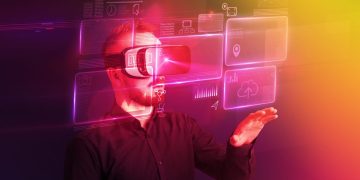

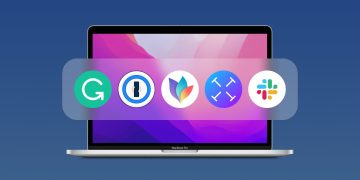









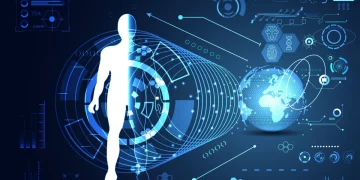








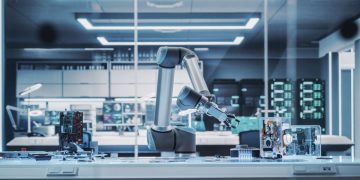











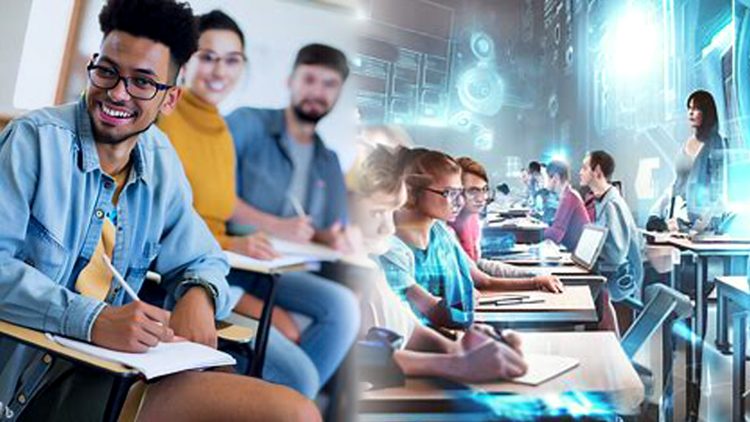












Discussion about this post